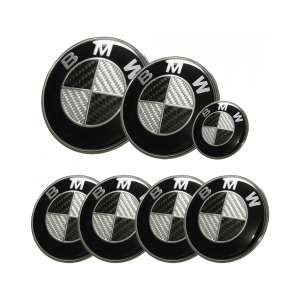nóv . 20, 2024 09:29 Back to list
metric rod wiper
The Importance of Metric Rod Wipers in Modern Engineering
In the evolving landscape of modern engineering, precision and reliability have become paramount. One critical component that often goes unnoticed yet plays a significant role in ensuring the efficiency and longevity of machinery is the metric rod wiper. This article delves into the essential function, design, and application of metric rod wipers, shedding light on why they are indispensable in various engineering fields.
Understanding the Metric Rod Wiper
A metric rod wiper is a type of sealing mechanism designed to remove contaminants from the surface of rod seals in hydraulic or pneumatic systems. These wipers are typically crafted from resilient materials such as polyurethane or nitrile rubber, which provide excellent resistance to wear and tear while maintaining flexibility. The metric designation indicates that these wipers are manufactured to comply with metric measurements, which are increasingly standard in global engineering practices.
Key Functions of Metric Rod Wipers
The primary function of a metric rod wiper is to ensure that debris, dust, and other foreign particles do not penetrate into the hydraulic or pneumatic cylinder
. By effectively scraping contaminants off the rod as it extends or retracts, the wiper prevents potential damage to seals and other components, thus extending the overall lifespan of the machinery.Additionally, metric rod wipers contribute to maintaining the efficiency of hydraulic systems. Contaminated fluids can lead to increased friction, resulting in energy loss and decreased operational efficiency. By keeping the rod surface clean, these wipers help in maintaining optimal performance levels, reducing wear on other related components as well.
Design Considerations
metric rod wiper

When selecting a metric rod wiper, several design factors come into play. The geometry of the wiper must be meticulously engineered to ensure a tight fit with the rod while allowing for easy installation and replacement. The lip profile of the wiper, which can be designed in various shapes (such as angled, rounded, or straight), is crucial as it affects the scraping action and effectiveness in preventing the ingress of dirt.
Furthermore, the material composition of the wiper is vital, as it must not only be compatible with the fluids used in the system (such as oil, water, or air) but also withstand varying temperatures and pressures. The choice of material can significantly influence the performance and durability of the wiper, making it essential for engineers to consider these aspects carefully when designing hydraulic and pneumatic systems.
Applications in Various Industries
Metric rod wipers find applications across a wide range of industries, including manufacturing, automotive, aerospace, and construction. In manufacturing, for example, they are used in hydraulic cylinders that power presses and other machinery, while in the automotive sector, they can be found in various suspension components where hydraulic shock absorbers are employed.
In the aerospace industry, where safety and reliability are critical, rod wipers are used to ensure that landing gear systems and other hydraulic components function effectively without the risk of contamination. Similarly, in construction, heavy machinery relies on robust hydraulic systems, making metric rod wipers vital for operational safety and efficiency.
Conclusion
In conclusion, while often overlooked, metric rod wipers are a vital component of modern engineering systems. Their role in preventing contamination, enhancing performance, and extending the lifespan of hydraulic and pneumatic equipment cannot be understated. As industries continue to strive for higher efficiency and reliability, the importance of meticulous design and selection of components like metric rod wipers will only grow. For engineers and designers, understanding the nuances of these wipers ensures that machinery operates at its best, ultimately contributing to safer and more efficient industrial practices.
-
TCN Oil Seal Metal Ring Reinforcement for Heavy Machinery
NewsJul.25,2025
-
Rotary Lip Seal Spring-Loaded Design for High-Speed Applications
NewsJul.25,2025
-
Hydraulic Cylinder Seals Polyurethane Material for High-Impact Jobs
NewsJul.25,2025
-
High Pressure Oil Seal Polyurethane Coating Wear Resistance
NewsJul.25,2025
-
Dust Proof Seal Double Lip Design for Construction Equipment
NewsJul.25,2025
-
Hub Seal Polyurethane Wear Resistance in Agricultural Vehicles
NewsJul.25,2025
-
The Trans-formative Journey of Wheel Hub Oil Seals
NewsJun.06,2025
Products categories
















